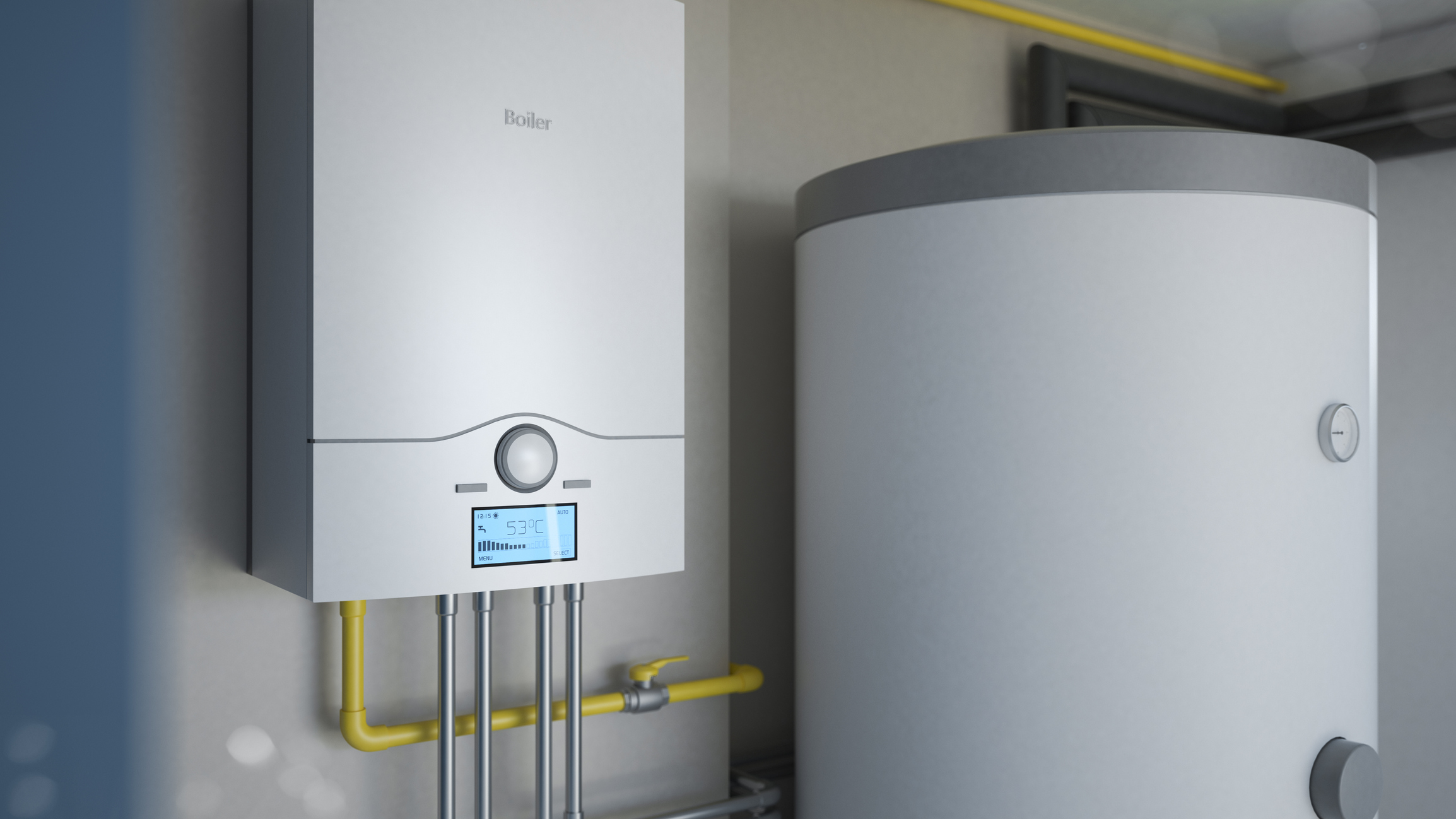What to Maintain Your Home's Hot Water System Properly
What to Maintain Your Home's Hot Water System Properly
Blog Article
They are making a number of great points related to What Kind of Maintenance Do Water Heaters Need? in general in this post further down.

Hot water is vital for everyday comfort, whether it's for a refreshing shower or cleaning meals. To ensure your warm water system runs effectively and lasts much longer, routine upkeep is key. This article gives functional ideas and insights on how to keep your home's warm water system to stay clear of interruptions and expensive repairs.
Intro
Maintaining your home's warm water system may seem challenging, yet with a couple of easy actions, you can ensure it runs efficiently for many years to come. This overview covers everything from recognizing your hot water system to do it yourself maintenance pointers and recognizing when to contact specialist assistance.
Relevance of Preserving Your Warm Water System
Routine maintenance not only extends the life expectancy of your hot water system however likewise ensures it runs effectively. Neglecting upkeep can result in lowered effectiveness, higher power expenses, and also premature failing of the system.
Signs Your Warm Water System Needs Maintenance
Recognizing when your hot water system needs focus can avoid major concerns. Keep an eye out for signs such as inconsistent water temperature level, strange noises from the heater, or rustic water.
Recognizing Your Hot Water System
Before diving right into upkeep tasks, it's valuable to understand the basic elements of your warm water system. Typically, this includes the hot water heater itself, pipelines, anode poles, and temperature level controls.
Monthly Upkeep Tasks
Normal monthly checks can help catch minor issues before they intensify.
Flushing the Hot Water Heater
Purging your hot water heater gets rid of debris accumulation, enhancing effectiveness and lengthening its life.
Monitoring and Changing Anode Rods
Anode poles prevent rust inside the storage tank. Checking and changing them when worn is critical.
Evaluating and Adjusting Temperature Level Settings
Adjusting the temperature settings ensures optimal performance and safety.
DIY Tips for Maintenance
You can carry out numerous maintenance jobs on your own to keep your hot water system in top condition.
Checking for Leakages
Regularly inspect pipelines and connections for leakages, as these can cause water damage and higher costs.
Examining Pressure Alleviation Valves
Checking the pressure relief valve guarantees it operates properly and stops extreme pressure buildup.
Insulating Pipelines
Protecting hot water pipes decreases heat loss and can save energy.
When to Call an Expert
While do it yourself upkeep is helpful, some problems require specialist experience.
Facility Problems Requiring Professional Aid
Examples include significant leaks, electric issues, or if your water heater is regularly underperforming.
Routine Professional Upkeep Advantages
Professional upkeep can include thorough assessments, tune-ups, and making certain conformity with safety criteria.
Verdict
Normal maintenance of your home's hot water system is important for performance, long life, and expense financial savings. By adhering to these ideas and understanding when to look for expert help, you can make certain a dependable supply of hot water without unexpected interruptions.
How to Maintain an Instant Hot Water Heater
Before tinkering with your hot water heater, make sure that it’s not powered on. You also have to turn off the main circuit breaker and shut off the main gas line to prevent accidents. Also turn off the water valves connected to your unit to prevent water from flowing into and out of the appliance. 2. When you’re done, you have to detach the purge valves’ caps. These look like the letter “T†and are situated on either side of the water valves. Doing so will release any pressure that has accumulated inside the valves while at the same time avoid hot water from shooting out and burning your skin. 3. When the purge valves’ caps are removed, you have to connect your hosing lines to the valves. Your unit should have come with three hoses but if it didn’t, you can purchase these things from any hardware or home repair shops. You can also get them from retail stores that sell water heating systems. Read the user’s manual and follow it to complete this task properly. When the hosing lines are connected, open the purge port’s valves. 4. You should never use harsh chemical cleaners or solutions when cleaning your unit. Make use of white vinegar instead. It should be undiluted and you’ll probably use about 2 gallons. 5. Now flush your water heater. This task should probably take about 40 minutes. We can’t give you specific directions for this because the procedure is carried out depending on the type, model and brand of your heater. With that being said, refer to the user’s manual. 6. When you’re done draining the unit, you have to turn off the purge port valves again. Remove the hosing lines that you earlier installed on each of the water valves. Put the valve caps (purge port) back in their respective places and be very careful so as not to damage the rubber discs that are found inside these caps. 7. Now that everything’s back in place, check your user’s manual again to find out how to reactivate your water heating system. 8. Once it is working, turn one of your hot water faucets on just to let air pass through the heater’s water supply pipes. Leave the tap on until water flows smoothly out of it. https://www.orrplumbing.com/blog/2014/september/how-to-maintain-an-instant-hot-water-heater/

I found that blog posting on Tips on Maintaining a Water Heater while doing a search on the web. Enjoyed reading our blog entry? Please share it. Let someone else check it out. We recognize the value of your readership.
Click Here Report this page